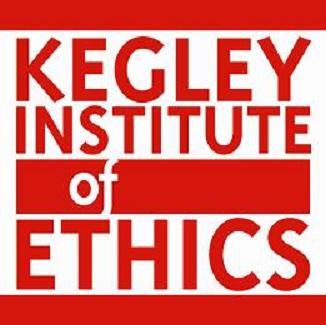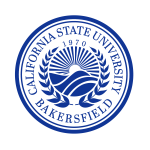Reflecting on Community Interest in Carbon Capture and Sequestration
Submitted by 2022-23 KIE Student Fellow, Timothy Lafond
As one of the first to walk into an empty room, the echoing of my footsteps could be heard through the empty chairs. Fear gripped me that no one would at all be interested in hearing a panel discussion on carbon capture and sequestration. It was with earnest joy, then, that my heart jumped each time a new attendee joined the webinar; from zero into the tens, and then from the tens into the twenties and beyond. Overjoyed, I kept scrolling through the list, just to see the names. The names of real people, including some names from the news, the local politician’s kind of names, the kind of names I know well enough just through the osmosis of living in this community, and I thought, “Well, gosh! People do want to learn about carbon capture and sequestration.” Then, Dr. Nate Olson told the audience that the secondary viewing location we had reserved, just in case, had been made available for use. That is when it really settled in for me that CSU Bakersfield, and the Kern community we serve, is actually and actively very hungry for information and participation on carbon capture and sequestration.
The panel consisted of three experts. The first was Preston Jordan, a geologist with the Energy Geosciences Division of the Lawrence Berkeley National Laboratory, who gave a descriptive overview of the processes of carbon capture and, particularly, sequestration. Through his use of visuals, he explained the process through which carbon can be removed from the air and stored safely in the ground. Mr. Jordan also mentioned that the process through which fluids can permeate rock takes a long time, particularly at the depths recommended. He mentioned a potentially unique safety benefit of carbon capture sequestration, which is that stored carbon actively works to seal wet cement, closing off pipe holes.
The next panelist was Lori Pesante, the Civic Engagement Director of the Dolores Huerta Foundation, who gave an inspiring introduction to her experience in carbon capture, utilization, and sequestration (CCUS). Pesante focused on the high cost and low carbon yield of CCUS. Through the framework of environmental justice and highlighting environmental racism, Pesante presented the higher numbers of cancer and pollution related deaths that are already present in the low-income communities targeted for CCUS implementation. Instead of CCUS, Lori directed people to the Dolores Huerta Foundation website, where there is information on other, more cost effective and environmentally just ways to reduce and remove carbon. Showing a list of the high-yield carbon reduction processes, she noted that CCUS was not on there, but other processes were, such as the adoption of plant-based diets. She noted the unjust issue of where CCUS facilities would be placed in communities already negatively impacted by oil extraction and agricultural processing. That is, these carbon capture and sequestration facilities are planned for areas already affected by poor and impoverished environments. She noted that these facilities can fail, and it would be unjust to place the potential of such a calamity in an already disadvantaged community.
Our final panelist, the brilliant CSU Bakersfield economist Dr. Nyakundi Michieka, was a tremendous added value. Important to his talk was a skill building exercise, where Dr. Michieka instructed all attendees to think a bit more like economists. He explained that CCUS was the process by which carbon is removed from the atmosphere or ocean and is utilized or stored afterwards and how to add monetary value and costs to everything about it to make an economically informed decision. Benefits included increased jobs and carbon removal. However, costs are multifaceted. On a superficial level, there are costs associated with CCUS, such as maintenance and transportation. Other areas that could be assigned costs were dust, noise pollution, and traffic. Diving a bit deeper into economic justice, Dr. Michieka also noted the costs to future generations, such as that from healthcare, and posed the question of how our decisions could impart a cost to future generations.
My role as the Kegley Institute of Ethics Fellow was to participate and learn from Dr. Olson about how these types of conversations are orchestrated. Through conversation and collaboration, the panelists were selected to provide robust and thoughtful information from their point of expertise in an effort to propel our community into more holistic, knowledge-based decision making. Each panelist brought forth their serious and, at times, heartfelt information to the audience. The panelists presented an insightful look into their expertise on what carbon capture and sequestration means. Our geologist grounded us in the technical specifics of what this technology does and how it works in the rocks. Our community representative panelist spoke about the implications of this process on the people and of specific requirements the Dolores Huerta Foundation has toward supporting carbon capture and sequestration projects. Our economist inspired us all to think more like an economist (valuing even the dust from projects) and, importantly, the value of difference between in-county and out-of-county employment, as well as how much inaction may cost us and future generations. It is clear that more panels and community engagement efforts are needed to address carbon capture and sequestration.





